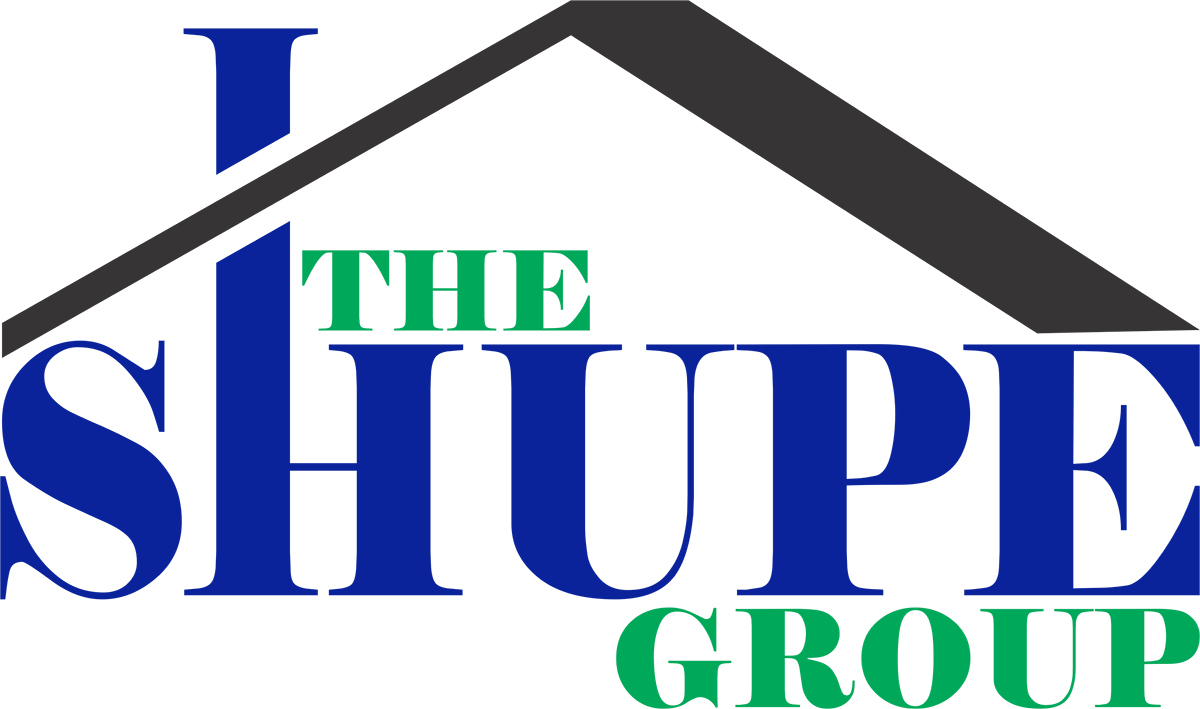Selling your home is a significant decision, filled with both emotional and financial considerations. Whether you’re moving to a new city, upsizing, downsizing, or shifting your lifestyle entirely, understanding the selling process is essential to achieving your goals efficiently and confidently. A successful sale relies on a well-organized strategy, from preparing your property and listing it on the market to negotiating with buyers and navigating the closing process. Here, we’ll cover the key stages of selling your home, giving you the insights and steps you need to make the process as smooth and profitable as possible.

Evaluating Market Conditions and Setting a Competitive Price
The first step in selling a home is assessing the market to determine the best listing price. This involves researching recent sales in your area, understanding local market trends, and working with a real estate agent to gather insights. The real estate market fluctuates based on factors like seasonality, interest rates, and buyer demand, so setting an initial price requires balancing comparable properties (known as “comps”) with your home’s unique characteristics.
If you price your home too high, you risk deterring buyers, which could lead to prolonged time on the market and eventual price cuts. If you price it too low, you may lose potential profit. A real estate agent can conduct a Comparative Market Analysis (CMA) to give you a realistic range for your listing price. Beyond the numbers, consider the intangibles—location, nearby amenities, and the overall condition of the home—that can affect buyer interest and negotiating leverage.
Once the list price is set, review your strategy with an agent to ensure it aligns with your desired timeline and financial goals. Understanding market trends and buyer preferences will equip you with the knowledge to start your journey with confidence, knowing your home is priced competitively to attract motivated buyers.
Preparing Your Home for Market Success
Preparing your home is an essential step to make a great first impression on buyers. This process typically starts with decluttering and depersonalizing spaces, allowing potential buyers to visualize themselves in the home. Additionally, consider minor repairs or updates, such as fixing leaky faucets, updating outdated lighting fixtures, and freshening paint on walls.
Professional cleaning can elevate your home’s appeal, especially in high-traffic areas like kitchens and bathrooms. Staging may also enhance a home’s appeal by highlighting its best features and creating an inviting atmosphere. Many sellers choose to work with professional stagers who use furniture, artwork, and decor to present the home in its best light. Even if you’re staging yourself, focus on highlighting the property’s strengths—ample natural light, spacious rooms, and attractive views.
Finally, invest in professional photography, as high-quality images are essential for online listings. Many buyers begin their search online, and visually appealing photos can create a lasting impact. Clean, well-composed images make your home stand out and encourage more in-person showings. When your home is fully prepared, it will have the best chance of capturing buyers’ interest and setting the stage for a successful sale.
Creating a Marketing Plan That Reaches Today's Buyers
An effective marketing plan is key to maximizing your home’s exposure and attracting qualified buyers. Today, marketing requires a blend of digital and traditional methods, and your real estate agent can help craft a plan tailored to your property. Start by listing your home on the Multiple Listing Service (MLS), which syndicates to major real estate websites. This is crucial to reaching a wide audience quickly and making your listing accessible to thousands of potential buyers.
Social media has become a powerful tool in real estate marketing. Platforms like Facebook, Instagram, and even YouTube allow agents to showcase your home through photos, video tours, and virtual open houses, reaching local buyers as well as out-of-area prospects. In addition to social media, targeted online ads can direct interested buyers to your listing, while email campaigns can keep your property top of mind with agents and buyers in your area.
Traditional marketing methods, such as open houses, yard signage, and printed flyers, remain effective offline for reaching local buyers. Open houses, whether virtual or in-person, allow buyers to experience the home firsthand. Each aspect of the marketing plan should focus on getting your home the attention it deserves, creating multiple touchpoints that lead qualified buyers to consider your property.
Navigating Offers and Negotiations
Receiving an offer is an exciting moment, but careful consideration is essential to making the right decision. Offers include various terms beyond the price, including contingencies, timelines, and the buyer’s financing type. Some buyers may request concessions, such as assistance with closing costs, or may include certain contingencies, like inspections or appraisal requirements, that must be met before the sale can proceed.
With your agent’s guidance, review all aspects of each offer and consider what makes sense for your priorities. If multiple offers come in, evaluate them based on both price and terms, as the highest bid might not always be the best. Your agent will help you determine if you should make a counteroffer to negotiate for more favorable terms or whether it’s time to accept the offer as is.
Keep in mind that negotiations may go through several rounds. An experienced agent can manage these exchanges with skill, helping you maintain the right balance between securing a good price and ensuring the deal will successfully close. When you arrive at an accepted offer that aligns with your goals, you’ll be one step closer to finalizing your home sale.
Managing the Home Inspection and Appraisal Process
Once an offer is accepted, the inspection and appraisal become critical milestones. The home inspection, typically paid for by the buyer, aims to identify potential issues, such as plumbing leaks, structural concerns, or electrical problems. Even minor findings can lead to requests for repairs or price adjustments. Although you may not have to address every issue, it is wise to focus on those that could impact the buyer’s decision or the property’s financing.
Following the inspection, the appraisal is conducted by a licensed appraiser to confirm the home’s value aligns with the buyer’s loan amount. If the appraisal meets or exceeds the sale price, the process moves forward smoothly. However, if the appraisal comes in lower than expected, the buyer’s financing may require you to negotiate a new price or offer additional concessions.
Being prepared and working with a skilled agent can help you handle these steps efficiently. Open communication during inspections and appraisals ensures any necessary adjustments are managed fairly, keeping the sale on track and paving the way for the closing process.
Closing the Sale and Finalizing the Process
As you approach closing day, a few essential tasks remain to finalize the sale. Both parties will review the closing documents, which include the sale contract, title transfer forms, and the closing statement detailing costs and disbursements. The buyer may request a final walk-through to verify that the agreed-upon repairs were completed and that the property remains in good condition.
Closing costs, which include fees for services such as title insurance, escrow, and transfer taxes, will be finalized and divided according to the sale agreement. Your agent will help coordinate the closing date, typically working with the buyer’s lender and title company to arrange a convenient time for all parties.
Once both parties sign the documents, ownership of the property officially transfers to the buyer, and you receive the proceeds from the sale. Completing the closing process brings the sale to a successful conclusion, allowing you to focus on the next chapter, knowing every step was managed with care and professionalism.
Ready to Sell? Let's Make It Happen
Selling your home is a journey that benefits from thoughtful planning, strategic marketing, and expert guidance. Each step builds on the last, creating a pathway toward a successful sale. When you’re ready to take the next step in selling your home, contact me to discuss how we can work together to make your property stand out and attract the right buyers. Contact me today, and let’s start planning for a smooth, rewarding sale.


